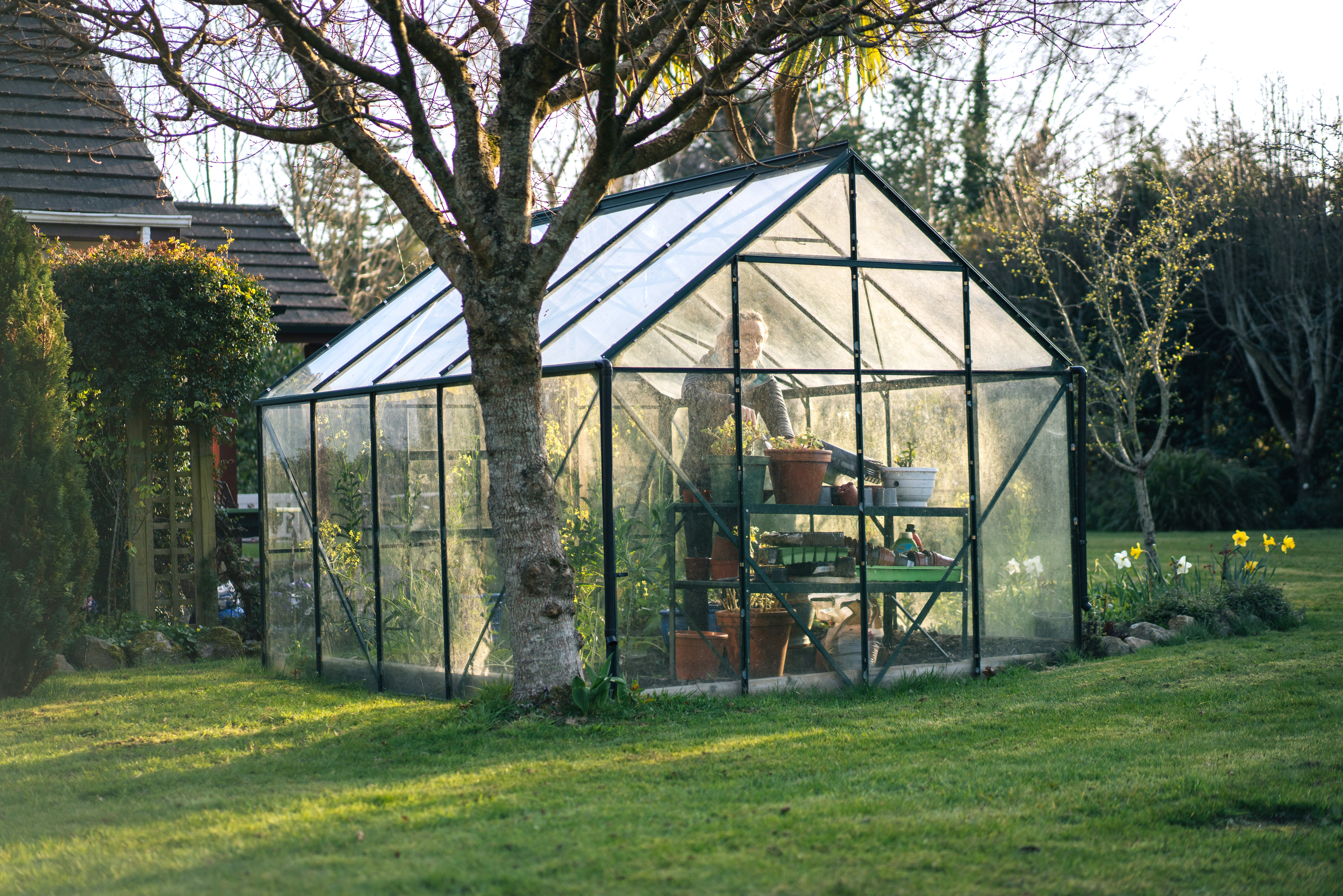
Find out the average cost to repair a greenhouse, key price factors, and ways to save. Get transparent estimates to plan your greenhouse repair project confidently.
The average cost to build a barn ranges from $400 to $10,000, with most homeowners paying $3,385. Key factors include barn size, materials, labor, and customization.


Building a barn involves constructing a new structure for storage, livestock, or multipurpose use on your property.
The main cost factors are barn size, materials, labor, site preparation, and any custom features you add.
Choosing durable materials and a straightforward layout can offer a strong return on investment through long-term savings.
Adding a barn can boost property functionality and appeal, offering an ROI of up to 80%.
Costs can vary widely, so compare material prices per square foot and plan ahead for permits and site prep.
This article was created using automation technology and thoroughly fact-checked and edited by an Angi Editor in accordance with our AI policy.
The cost to build a barn averages $3,385, with most projects ranging from $1,590 to $5,307. Expect to pay $30 to $150 per square foot, depending on materials and features. Understanding these costs helps you plan and budget for your barn construction project.
Barns bring lasting value to a property, whether you need extra storage, livestock shelter, or a new workspace. This guide explains all the key costs and decisions you’ll face, so you can build with confidence.

When building a barn, the cost can vary widely depending on the barn type, size, materials, and customization. Your final price will cover several key categories:
Materials: This includes the framing (wood, steel, or prefab panels), siding, roofing, windows, and doors. The choice of materials has a major impact on your total cost.
Labor: Labor covers site preparation, framing, assembly, finishing, and any specialty trade work. Labor can account for 30% to 60% of your total barn cost.
Site Preparation: Clearing land, grading, and foundation work are essential and can add several thousand dollars to your project.
Permits: Most local governments require permits for barn construction, which adds to your upfront costs.
Customization: Features like lofts, custom stalls, additional doors, or upgraded finishes will increase your total.
A standard barn construction estimate includes basic site prep, the structure itself, standard doors and windows, and a basic foundation. If you opt for extensive customization, high-end materials, or unique features, costs will rise. Conversely, small barns, basic pole barn kits, and simpler finishes can keep your project at the lower end of the spectrum.
| Barn Type | Description | Average Cost Range |
|---|---|---|
| Pole barn | Wood poles and metal panels $25,000–$65,000 | $25,000–$65,000 |
| Timber frame | Heavy timber construction | $50,000–$120,000 |
| Metal barn | All-steel structure | $30,000–$85,000 |
| Prefab kit | Pre-cut, modular components | $20,000–$50,000 |
Barn size is one of the most significant factors impacting the total cost to build a barn. The larger the barn, the more materials and labor are required, which increases your overall expense. Small barns are ideal for storage or a few animals, while larger barns accommodate livestock, equipment, or multiple uses.
Standard barn sizes include:
Small barns (600 to 1,200 square feet): Used for basic storage or a few animals.
Medium barns (1,200 to 2,400 square feet): Suitable for livestock, workshops, or multi-purpose use.
Large barns (2,400+ square feet): Designed for commercial operations or multiple uses.
Cost per square foot varies by barn type and complexity, ranging from $30 per square foot for basic pole barns to $150 per square foot for custom timber frame barns.
| Barn Size (Sq. Ft.) | Description | Average Cost |
|---|---|---|
| 800 | Small storage or hay barn | $25,000–$35,000 |
| 1,500 | Medium livestock barn | $40,000–$75,000 |
| 3,000 | Large multi-purpose barn | $80,000–$120,000 |
Hiring the right professionals is key to a successful barn build. Here’s what to expect in terms of pro costs and roles:
A general contractor oversees the entire project, from permitting to final inspection. They charge 10% to 20% of the total project cost as a fee or a set flat rate. Their role includes scheduling, quality control, and subcontractor management.
A barn builder or framing specialist manages the structural assembly. Labor rates for barn framing range from $25 to $60 per hour, depending on complexity and location. Specialists handle framing, roof installation, and unique barn features.
A concrete or foundation contractor is needed for pouring slabs or footings. Expect to pay $4 to $12 per square foot for concrete work, with higher rates in regions with challenging soil or access.
Labor costs also vary by region and professional experience. In-demand barn builders with specialized skills may charge more, but their expertise can ensure your barn is built safely and efficiently.
Depending on your barn’s features and intended use, you may need to hire additional pros:
Electrician: Installs wiring, lighting, and outlets. Expect $2,000 to $8,000, depending on barn size and electrical needs.
Plumber: Handles water lines, drainage, and livestock watering systems. Costs range from $1,500 to $7,000.
HVAC technician: Installs ventilation, heating, or cooling systems. Basic ventilation starts at $1,000, while complete HVAC can exceed $10,000.
Roofing specialist: For specialty roofs or weatherproofing, costs start at $2,500 and go higher for more complex roofs.
Site surveyor: Assesses land, grades, and site suitability, charging $400 to $1,200.
Architect or designer: Creates custom plans and supports permitting, with architect fees from $2,000 to $10,000 or more for complex designs.
These additional experts ensure your barn is comfortable, code-compliant, and tailored to your needs.
Your geographic location has a direct impact on the cost to build a barn. In rural areas, land and labor are often less expensive, while urban or high-cost-of-living regions drive prices higher. Material costs also fluctuate by region—steel and lumber may be more costly in areas far from suppliers.
State and local building codes can add to expenses, especially if you need to meet stricter requirements. Delivery and transportation costs for materials are also higher for remote or difficult-to-access sites.
Several other costs can arise when building a barn:
Property taxes may increase with a new structure, so check with your local assessor.
Insuring a new barn can add $500 to $2,000 per year to your premiums, depending on the barn’s size, use, and value.
Warranties for barn construction or materials can provide peace of mind, but may add $500 to $3,000 to your upfront costs.
Accessories like cupolas, weather vanes, custom doors, windows, lofts, stalls, tack rooms, or hay storage can each add hundreds or thousands of dollars.
ADA features—such as ramps, wide doors, or accessible stalls—include additional expenses.
Difficult terrain or remote sites increase costs for grading, foundation work, and material delivery.
Repairs or post-construction cleanup can range from a few hundred to several thousand dollars.
Before you build, you may need to demolish an existing structure or prepare the land. Clearing land, removing debris, or demolishing an old barn costs $2,000 to $10,000, depending on the scope. Grading services ensure a level building site, which adds $1,000 to $5,000.
Soil testing and site suitability assessments help determine if your land can support a barn foundation. The entire site prep process can take one to three weeks, depending on weather and complexity.
Permits are essential for barn construction. Most projects require building, zoning, and sometimes electrical or plumbing permits. Your contractor may handle permitting, but homeowners are responsible in some cases.
Permit costs vary by location and project scope, ranging from $500 to $3,000. Inspections during and after construction may add extra fees. Failing to secure proper permits can result in fines or costly delays, so it’s best to confirm requirements with your local building department early.
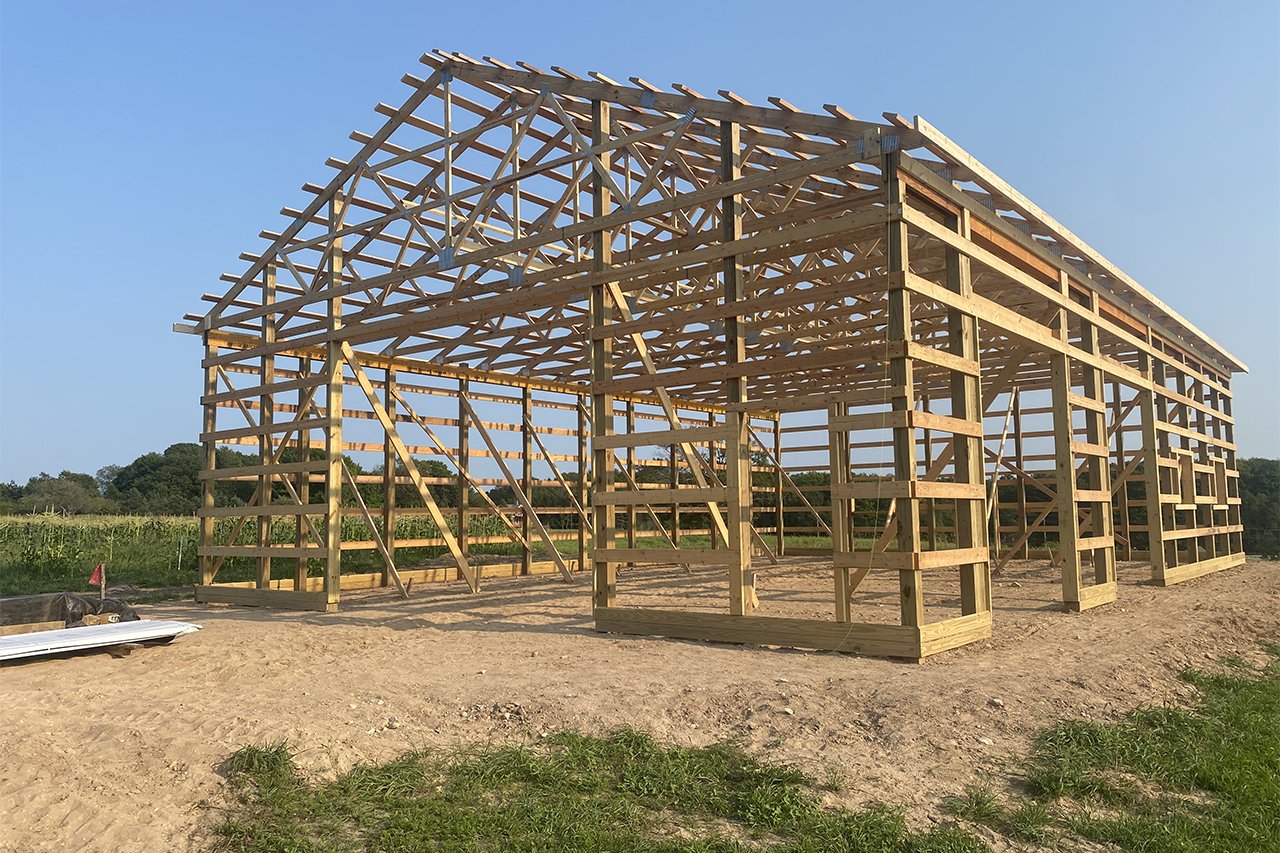
Some homeowners consider building their own barn to save on labor costs. DIY barn construction can reduce total expenses by 30% to 50%, mainly by eliminating pro labor charges. However, you’ll need to pay for all materials, tools, and equipment, whether rented or purchased. Expect to spend $10,000 to $50,000 on materials and supplies for a basic DIY barn, plus countless hours of labor.
DIY projects require significant skills in carpentry, framing, and code compliance. Mistakes can compromise structural integrity and safety, and you’ll still need to pay for permits and inspections. For complex barns or those with utilities, hiring a pro is the safest choice.
| Method | Average Total Cost |
|---|---|
| DIY | $10,000–$50,000 |
| Pro | $25,000–$120,000 |
DIY makes sense for experienced builders tackling simple pole barns or storage sheds. For larger or more complex barns, hiring a professional barn builder near you is best.
Remodeling and renovating a barn are two distinct approaches. Renovation involves restoring an old barn by updating finishes, repairing the structure, repainting, replacing doors or windows, and making minor upgrades. Renovation projects cost $10,000 to $50,000, depending on the barn’s condition and the extent of repairs.
Remodeling involves changing the barn’s layout, adding new stalls or rooms, converting the barn for a new use (like a barndominium or event space), or making major structural changes. Remodels are more extensive and expensive, ranging from $30,000 to $100,000 or more.
Consider your project’s scope, the barn’s current condition, your intended use, and your budget when deciding between renovation and remodel.
Here are a few helpful tips to keep your barn project within budget:
Choose cost-effective materials without sacrificing durability.
Opt for a simple barn design or standard kit.
Limit customization and specialty features.
Get multiple quotes from qualified barn builders.
Schedule construction during off-peak seasons.
Source materials locally to reduce delivery costs.
Handle some site prep or finishing work yourself.
Reuse or repurpose materials where possible.
Plan for future expansion instead of building larger now.
Building a barn can increase your property’s value and marketability, especially in rural or agricultural areas. Return on investment (ROI) varies, but a well-constructed barn often adds 50% to 80% of its cost to your property’s value, depending on quality and demand.
Barns enhance property functionality, provide storage, and can generate income (such as rentals or events). The impact on value depends on barn type, versatility, quality, and curb appeal. Buyers looking for acreage often see barns as a major benefit, but maintenance expectations and local demand play a role in resale value.
Home is the most important place on earth, which is why Angi has helped more than 150 million homeowners transform their houses into homes they adore. To help homeowners with their next project, Angi provides readers with the most accurate cost data and upholds strict editorial standards. We survey real Angi customers about their project costs to develop the pricing data you see, so you can make the best decisions for you and your home. We pair this data with research from reputable sources, including the U.S. Bureau of Labor Statistics, academic journals, market studies, and interviews with industry experts—all to ensure our prices reflect real-world projects.
Want to help us improve our cost data? Send us a recent project quote to [email protected]. Quotes and personal information will not be shared publicly.
From average costs to expert advice, get all the answers you need to get your job done.

Find out the average cost to repair a greenhouse, key price factors, and ways to save. Get transparent estimates to plan your greenhouse repair project confidently.
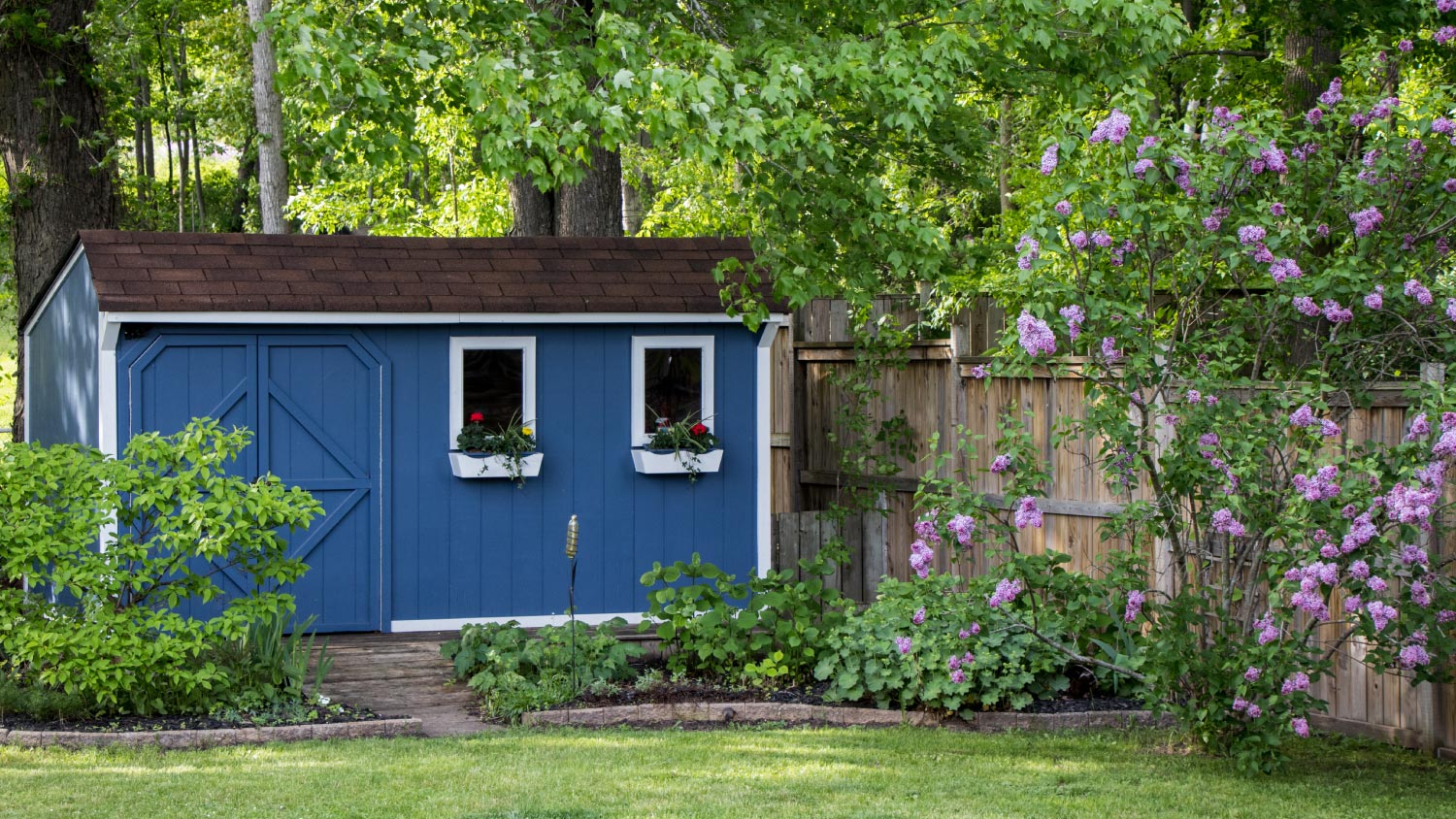
Discover the outbuilding cost for your property. Learn about average prices, cost factors, and ways to save when building or renovating an outbuilding.
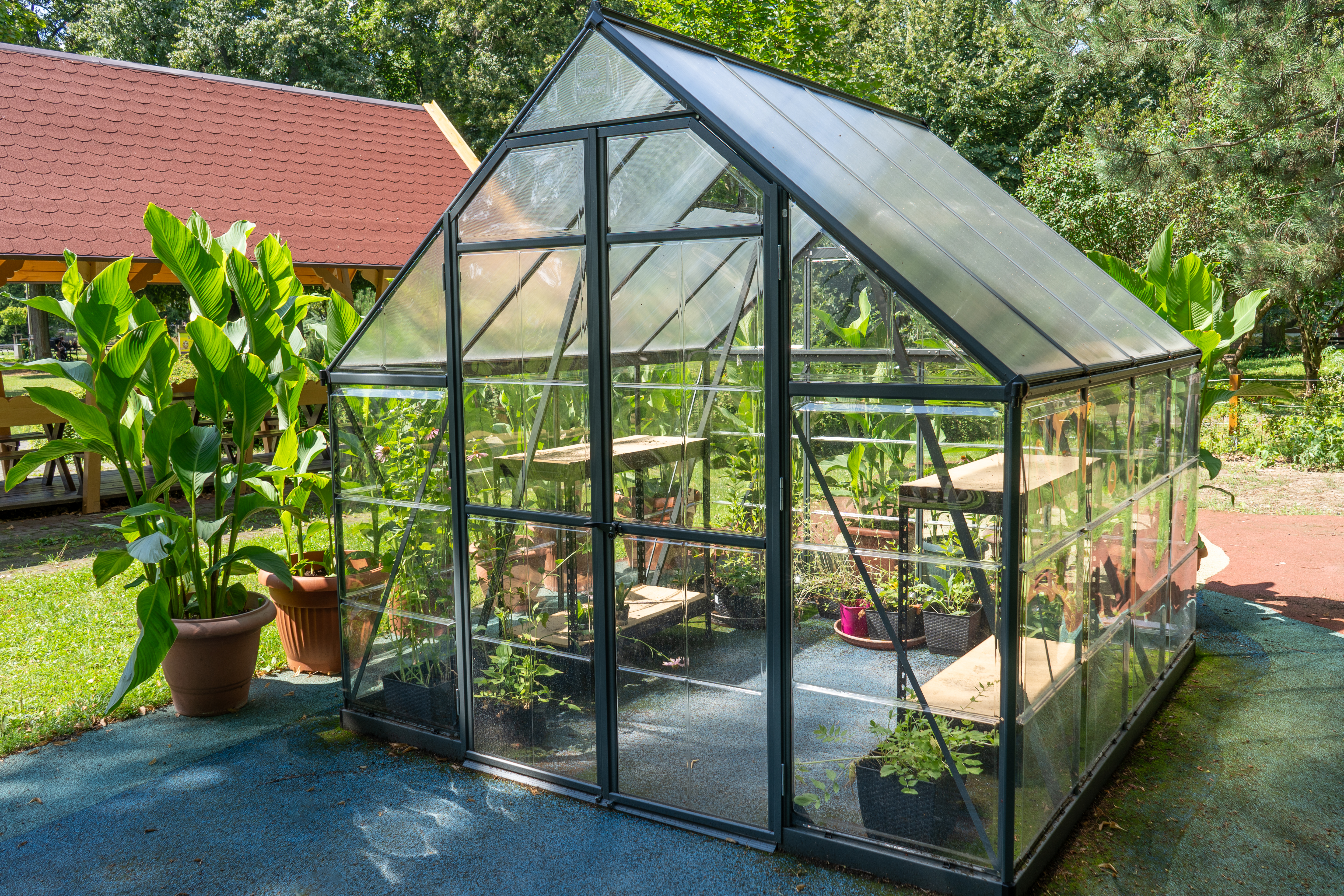
Discover the cost to build a greenhouse. Learn about average prices, key cost factors, and how to save on your greenhouse project.
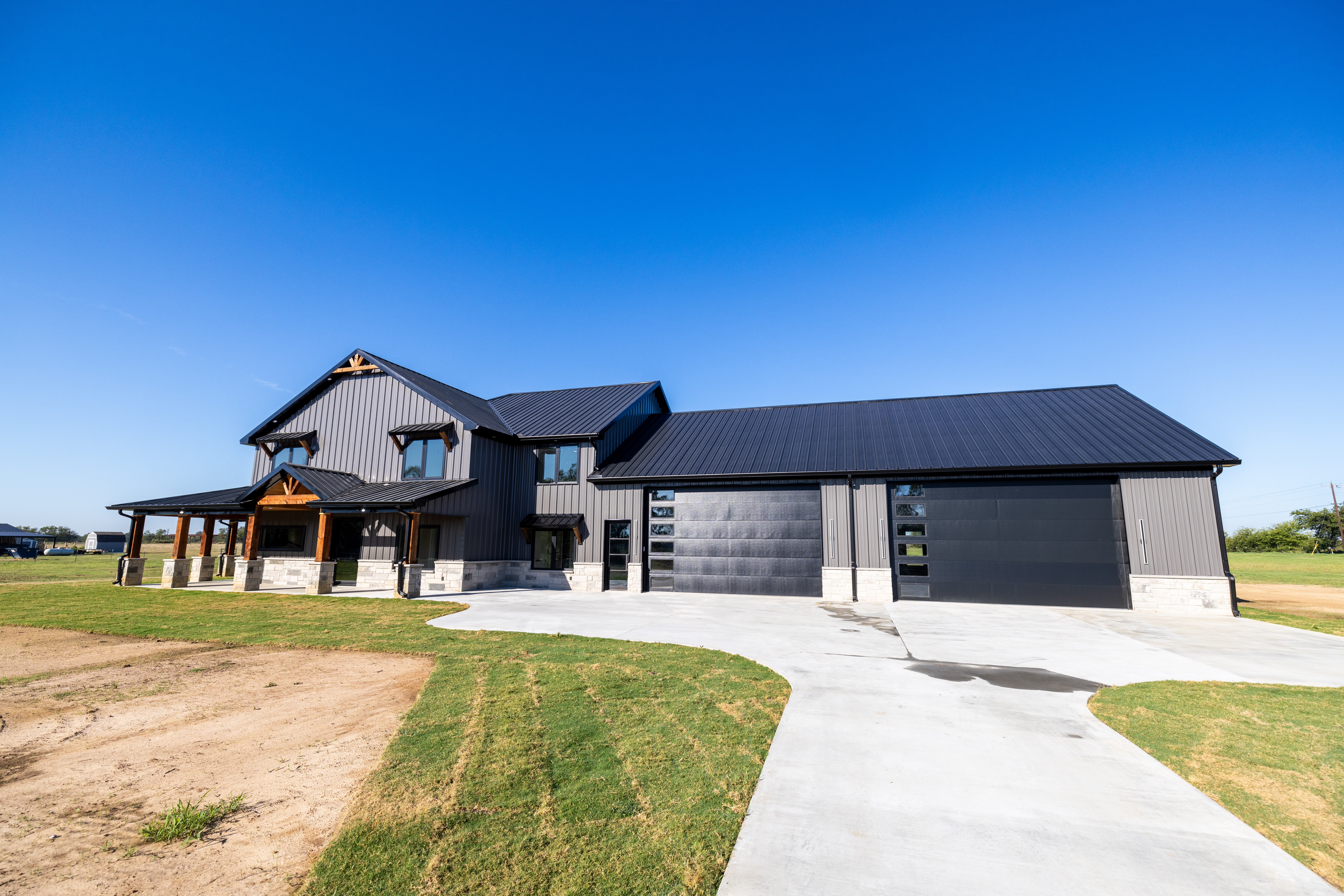
Barndominiums combine the comforts of home with rural living. Compare the pros and cons of barndominium homes to see if one is right for you.
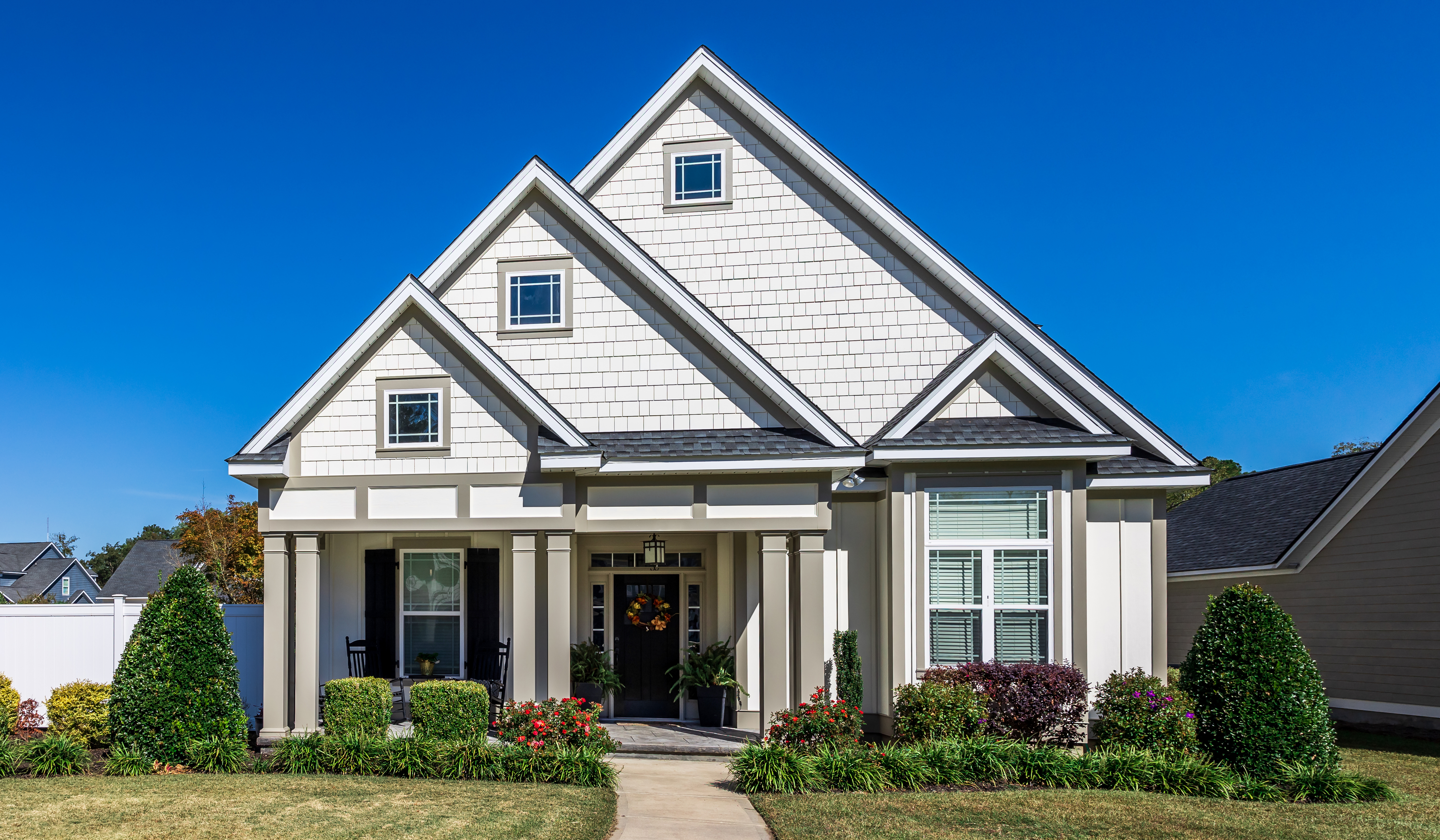
Discover how much it costs to build a cottage. Learn about average prices, cost factors, and tips to budget your cottage build with confidence.
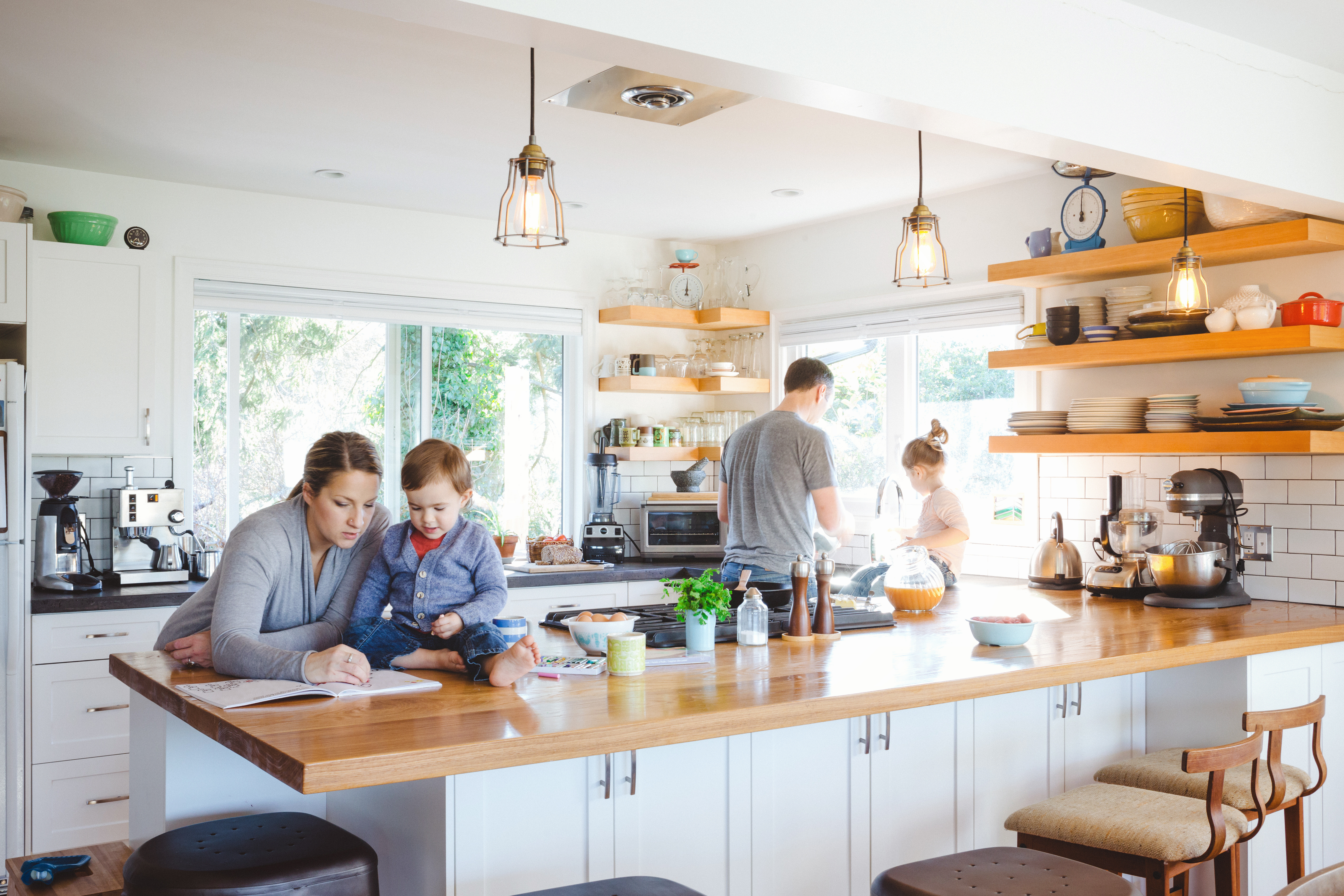
Home warranties offer protections for your home, but are they worth it? Let’s look at home warranty pros and cons to find out.